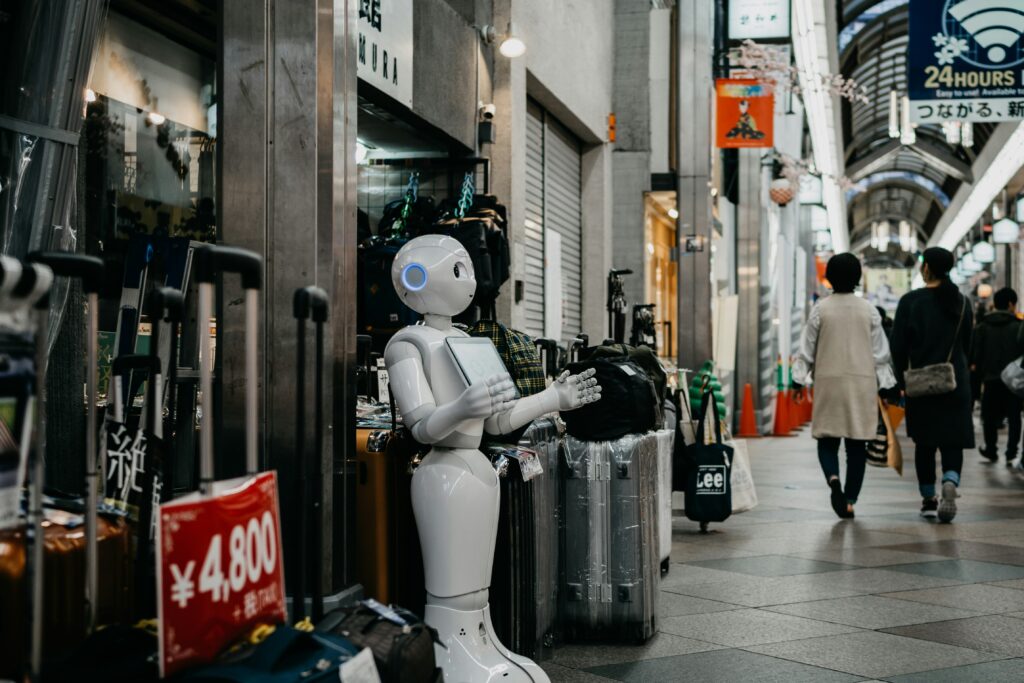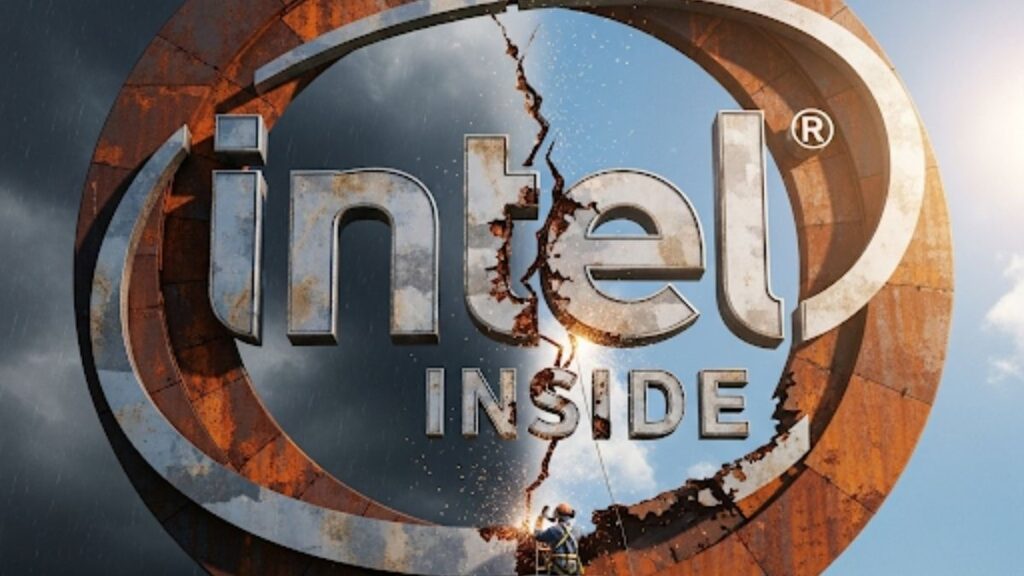The power and scale of our technological advancements continue to grow exponentially. In a single century, we invented the first modern computer, put man on the moon, and created the World Wide Web. This rapid rate of change is known as accelerating change and is based on the notion that yesterday’s discoveries fuel faster innovation in the future.
This principle holds true today, too. In the past year, artificial intelligence has evolved at a staggering rate, while advancements in sustainability technology like smart thermostats have increased our energy efficiency.
These tech-based advancements have driven advancements in fields like beauty and education, too. Today, folks from across industries are queuing up to take advantage of AI, smart systems, and augmented reality.
Healthcare
The healthcare industry represents the pinnacle of human ingenuity and highlights the importance of technological advancement. Today, we’re able to respond to global pandemics like COVID-19 in under two years and produce vaccines that save 14.4 million lives in a single year.
Recent breakthroughs in technology are helping folks with disabilities lead more fulfilling lives, too. Bionic exoskeletons will likely replace wheelchairs one day and may help those with paralysis walk again. Similarly, the explosion of 3D printing helps ensure that amputees have access to prostheses that are tailored to their bodies and fully suit their needs.
Millions of people around the globe are making use of personal health devices that connect to the Internet of Things (IoT). This empowers patients and helps providers assess the efficacy of their treatment plans. Some IoT devices, like smartwatches, can even proactively spot underlying health issues like sleep apnea and atrial fibrillation.
Beauty
The beauty industry is valued at $646 billion and has an estimated growth rate of 3.33%. This makes it a pillar of modern life, as folks from around the globe spend more money on products and cosmetic treatments today than ever before. Despite its long history, beauty is a tech-driven field, too. Recent tech-based innovations in beauty include:
- Cellulite Removal: Until recently, cellulite treatments were ineffective. However, recent breakthroughs in tech offer relatively non-invasive treatment that drastically removes the appearance of cellulite.
- Laser Treatment: Non-ablative lasers heat cells under the skin and encourage skin cells to produce more collagen. This can help folks address acne scars, elasticity loss, and discoloration.
- Skin Analysis: Artificial intelligence can collect data from patients’ skin samples and identify data points like moisture levels, skin type, elasticity, pigmentation, and texture. This can help beauticians fine-tune treatments and improve beauty plans.
- Microcoring: The FDA has recently approved microcoring tech that smooths skin and tightens key areas around the face, legs, and abdomen.
These tech-driven advancements in the beauty industry are designed to complement a healthy lifestyle and help folks get more from their current regime. Some procedures, like cellulite removal, can help patients feel more confident in their own skin and empower them to lead a healthier, more active lifestyle.
Sustainability
The globe is warming at an alarming rate. Recent NASA data shows that the world is 1.4c warmer, atmospheric carbon dioxide has risen to 423 parts per million, and methane levels have increased in recent years. This poses a serious risk to all life on our planet and will lead to catastrophic changes on Earth.
However, technology is helping climate scientists fight back. Recent breakthroughs in automation could help the environment by empowering businesses and individuals to reduce their waste and minimize their carbon footprint. Even simple changes, like installing smart thermostats and automated lighting, can dramatically reduce unnecessary energy use and help folks live more energy-efficient lives.
Automated smart waste management can keep raw materials and by-products out of landfills, too. This is crucial, as landfills and dumps damage the ecosystem and cause potentially irreparable harm to local wildlife. AI-powered computer vision can scan incoming waste and use robotic machinery to improve recycling efforts and reduce waste. This is good news for businesses, too, who can turn waste into cash while protecting the environment.
Automation efforts can empower organizations and help them keep track of their environmental, social, and governance (ESG) goals. This is crucial, as a data-driven approach to combating climate change is the only way to ensure that sustainability efforts are making a real difference. Automated analytics can track key metrics in real-time, including:
- Energy consumption
- Water usage
- Carbon footprint
These key data points empower decision-makers to make decisions that protect the environment. They can also be used to improve communication with stakeholders and reinforce the importance of proactive, preventative sustainability efforts.
Conclusion
The recent rise of AI and automation has caused an explosion of innovation in industries across the globe. Fields like beauty and healthcare have benefited greatly from predictive analytics and AI-led computer vision. These same technologies can also be used to improve environmental protection efforts, increase recycling rates, and reduce businesses’ carbon footprint.



